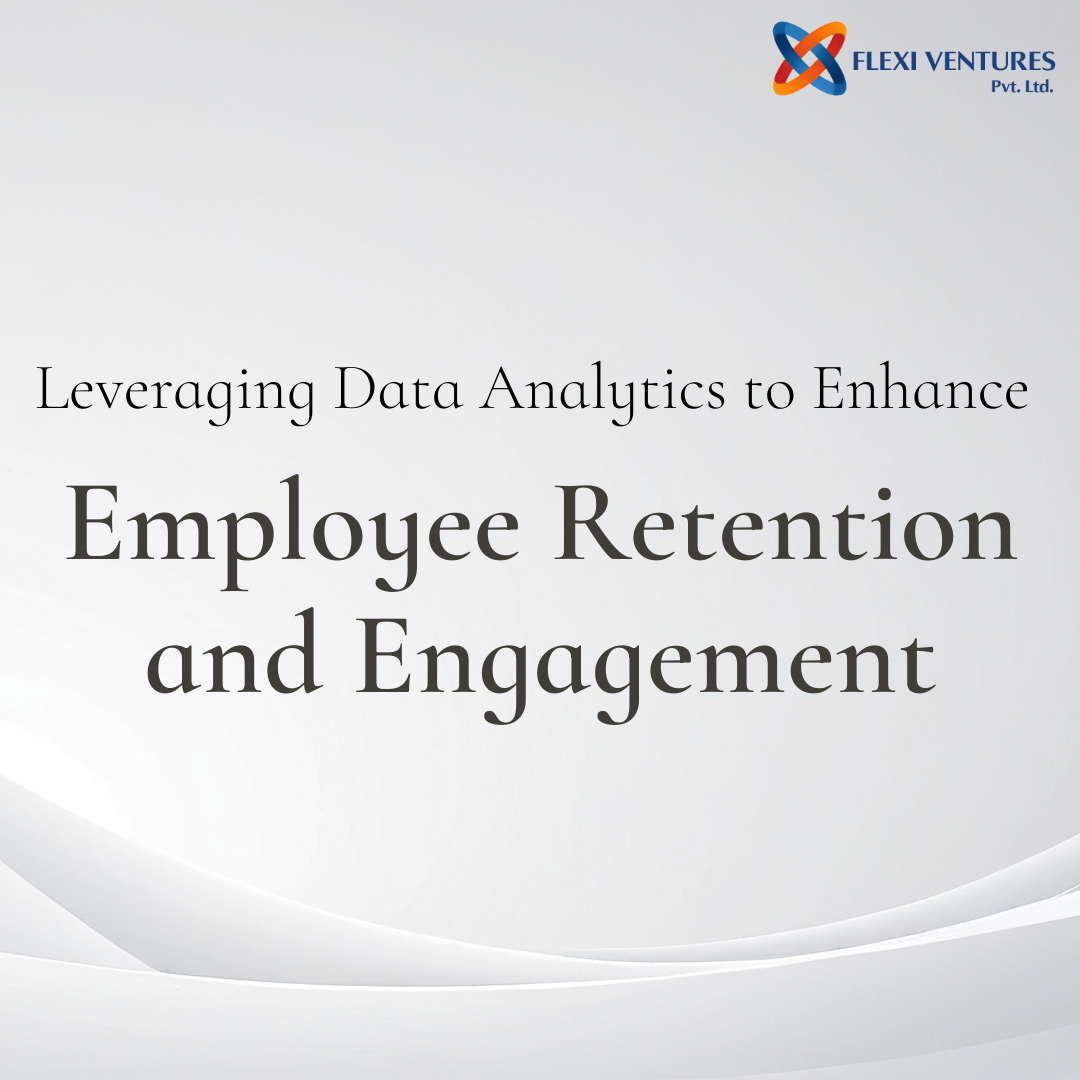Imagine walking into your office and feeling a vibrant energy in the air. Colleagues are sharing ideas enthusiastically, and there’s a strong sense of shared purpose. Was it always like this? Studies show that companies with high employee engagement can experience up to 21% higher productivity. This isn’t just a statistic—it reflects how a connected, committed workforce boosts everything from team morale to the bottom line. But what does it take to create such an environment? Engaging employees requires tools and strategies that align with their needs and aspirations.
One effective way to drive engagement is through modern HR solutions. Imagine a cloud-based system that streamlines administrative tasks and strengthens communication and collaboration across your teams. By integrating feedback systems and celebrating achievements, various platforms help build a culture where employees feel valued and motivated. When people see their contributions recognized, it sparks a drive that propels both their work and the company’s success. How engaged is your workforce, and what steps are you taking to cultivate that dynamic office culture?
Key Metrics for Measuring Employee Engagement
Did you know organizations with high employee engagement see up to 21% higher productivity and 23% greater profitability? Tracking key metrics like satisfaction scores, turnover rates, and participation in initiatives can reveal how connected employees feel to your company’s goals. But it’s not just about collecting data—it’s about acting on it. Tools like pulse surveys offer real-time insights, helping leaders address concerns and foster open communication. When employees see their feedback leads to action, engagement naturally rises, enriching workplace culture.
Data Sources for Employee Engagement Analysis
Have you ever wondered why some companies thrive while others struggle, despite similar resources? The key often lies in employee engagement. High engagement boosts profitability by 21%. Key data sources like surveys, performance reviews, and social media analytics help craft strategies to improve morale. A cloud-based HR management system simplifies gathering and analyzing feedback, offering real-time insights to track trends and align workplace strategies with employee needs, ultimately driving engagement and motivation.
Techniques for Analyzing Employee Feedback
Imagine a workplace where every employee feels truly heard. Companies that actively analyze feedback see up to a 30% increase in engagement. The key is turning feedback into actionable strategies using tools like pulse surveys, sentiment analysis, and focus groups. Cloud-based HR systems streamline this process, offering analytics to collect, interpret, and track feedback over time. This fosters continuous improvement and helps create a culture where employees feel empowered and engaged.
Implementing Predictive Analytics for Retention Strategies
Predictive analytics is transforming employee retention, allowing companies to reduce turnover by up to 25%. By detecting early signs of disengagement, businesses can take proactive steps to boost satisfaction. A cloud-based HR management system streamlines the process, helping organizations monitor engagement and create tailored retention strategies. The result? A more connected, valued workforce and a significant drop in attrition.
Best Practices for Data-Driven Employee Engagement Initiatives
Companies that prioritize employee engagement see a 21% increase in profitability. Data analytics plays a key role in driving these results by unlocking insights into what motivates employees. By analyzing surveys, feedback, and performance data, organizations can craft tailored strategies that boost satisfaction and productivity. Using data-driven software simplifies this process, turning raw feedback into actionable insights. When employees see their input leading to real changes—like personalized growth opportunities or remote work adjustments—it fosters loyalty and deeper connections.
Case Studies: Successful Applications of Data Analytics in HR
Imagine an office where data analytics transforms HR into a strategic powerhouse. Companies using advanced analytics in HR report a 45% increase in employee retention. By analyzing recruitment and performance data, HR can tailor approaches to hire candidates who thrive in company culture. For instance, a leading tech firm used a cloud-based HR system to analyze performance metrics and discovered that team diversity boosted innovation. This insight led them to revamp hiring strategies, fostering a more inclusive and creative workforce.
In conclusion, data analytics is a game-changer for optimizing employee engagement and retention. By analyzing behavior, feedback, and performance data, companies can create tailored strategies that boost workplace satisfaction and commitment. Predictive analytics helps identify potential issues early, enhancing employee experiences and increasing retention. As these technologies evolve, they offer organizations powerful tools to refine HR strategies, strengthen their employer brand, and remain competitive. Embracing data-driven HR practices is now essential for fostering a culture of transparency, inclusivity, and long-term success.

